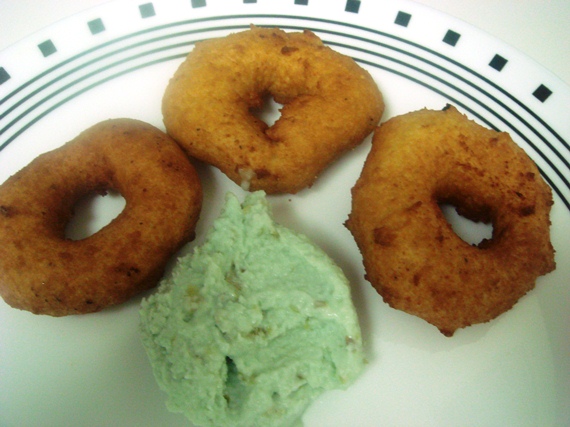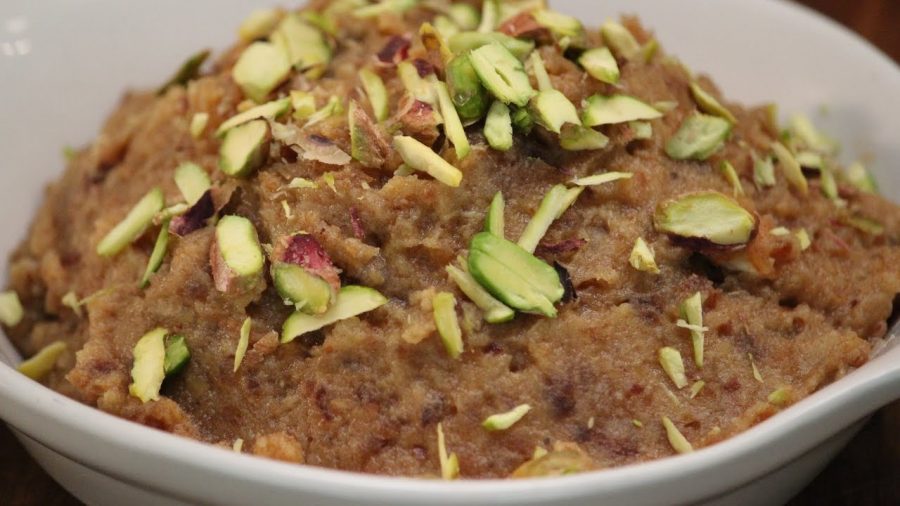The next time you’re cleaning out your kitchen cupboard, you may come across a lone jar of chutney, probably bought as a spur of the moment addition to your Indian takeaway, but sadly not providing an accurate representation of this delicious condiment.
Chutney is an adaptation of the Hindi verb ‘chatna’, from which is derived the Indian word ‘chatni’. Original Indian chatni is a combination of fresh fruit, chillies, herbs, and spices ground together in a paste.
They became fashionable exports to England and sparked off imitations called ‘mangooed’ fruits or vegetables. These were reduced versions of the fresh Indian chatnis, having been boiled down with large quantities of sugar in order to preserve the fruit. Brands also became more of a focal point than the chutneys themselves, with British names such as Major Grey’s being the most prominent. As a result, the main idea of chutney in the West has been as a preserve, rather than anything freshly made. Hence that lonely jar at the back of your cupboard, probably still going after a few weeks, or even months (for some of us, years!).

On the Indian sub-continent, chutney plays a vital role in Indian cuisine and works as an important accompaniment to a whole host of dishes. It doesn’t just work as an addition to a main course, but also as an aperitif, to cleanse the palate before a meal. Equally it can be served alongsidefast food dishes such as dosas, samaosas, pakoras, tikkas, bhajis etc.; the unassuming chutney adds a layer of contrasting textures and flavours when used as a dip for these foods.
Arguably the whole Indian street food scene is powered by chutney, particularly bold flavours such as coconut, mint, coriander, date and mango. Start to delve deeper into homemade Indian cuisine, and you’ll find more unusualflavours, including pomegranate, red chilli, coconut curd, peanut and sesame. These are notably not preserves, either; they are freshly made and intended to be eaten immediately, or within a few days at most.
When it comes to main meals, these chutney flavours aim to work harmoniously with those of the main dish, designed to enhance the flavour and not mask it. Think chicken biryani with green chutney or masala fish curry with coconut chutney.
Not only is freshly made chutney extremely tasty, but it’s also very healthy. Depending on what is added to the mix, making chutney allows you to harvest the natural benefits of fresh fruit and spices, without messing around with them too much and tapping into a rich source of anti-oxidants. One of the most health-packed chutneys is a coriander chutney, containing green coriander leaves, garlic, ginger, green chilli and lemon, all mixed together and seasoned. The fact that it hasn’t been boiled down and preserved ensures that the fresh ingredients retain their taste and benefits.
So next time you’re heading to one of London’s finest Indian restaurants, make sure that you sample some of the great chutneys on offer, and don’t just leave them at the side of your plate. Similarly, it might be time to say goodbye to that lone jar of chutney in the cupboard, and whip up something tasty and nutritious at home instead.




